Lettuce Varieties are an exceptional Verti-Gro® crop. Each corner of the Verti-Gro stack can accommodate one plant whether leaf or head lettuce varieties.
Cultivars: There are several types of lettuce, but three (leaf, head
and cos or romaine) are the most common. There are seven main cultivar groups
of lettuce, each including many varieties:
1. Leaf – Also known as loose leaf, cutting
or bunching lettuce, this type has loosely bunched leaves and is the most
widely planted. It is used mainly for salads. 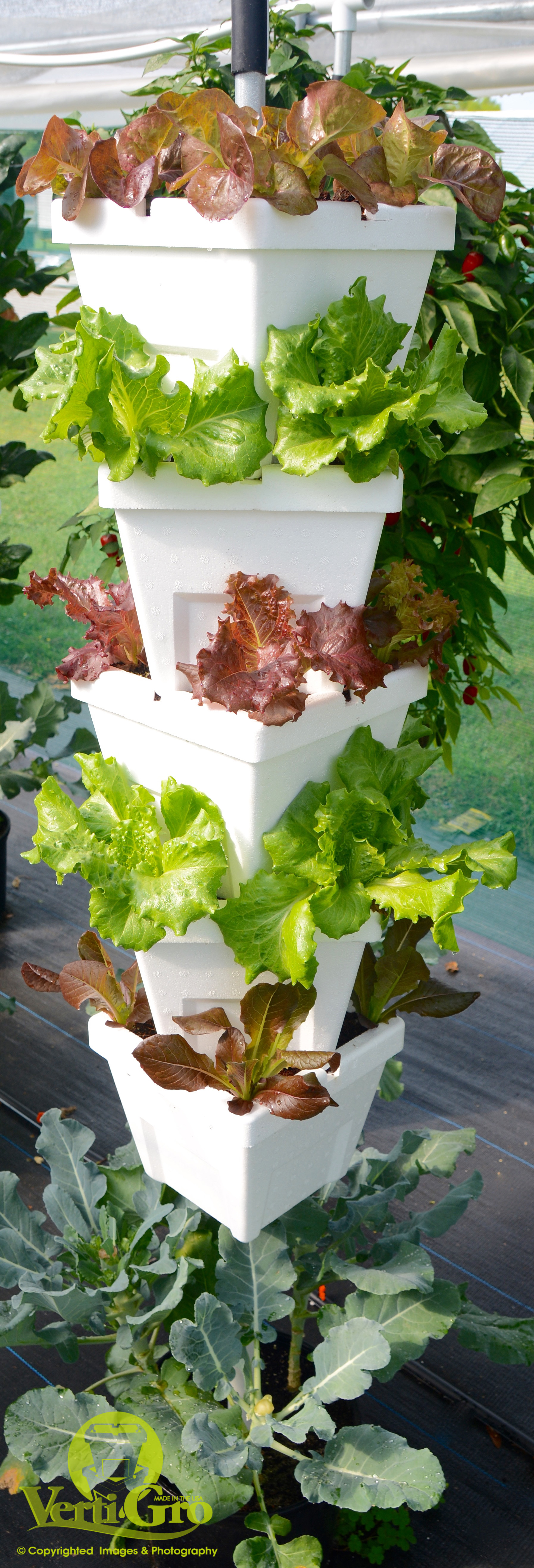
2. Romaine/Cos – Used mainly for salads
and sandwiches, this type forms long, upright heads. This is the most often used
lettuce in Caesar salads. 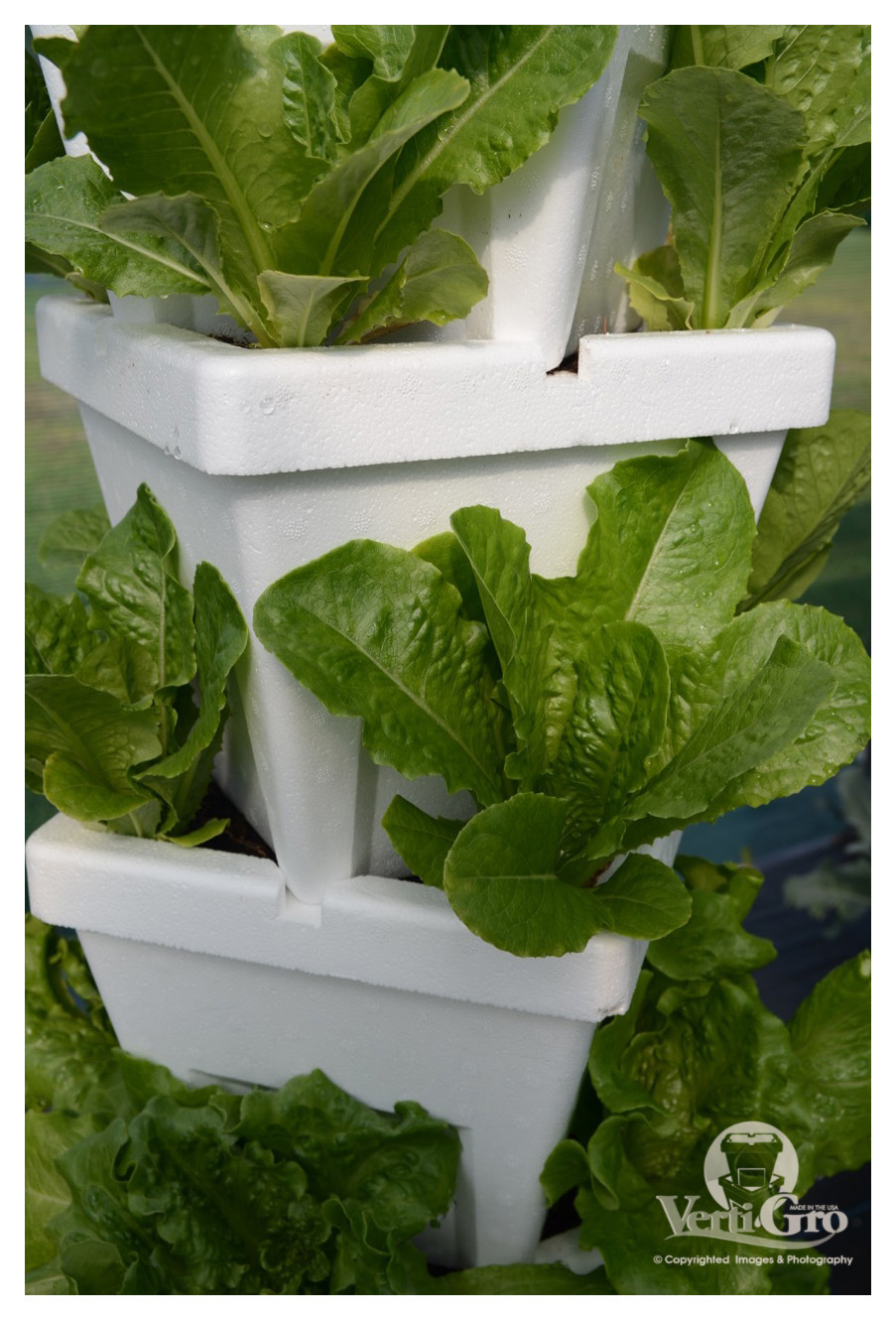 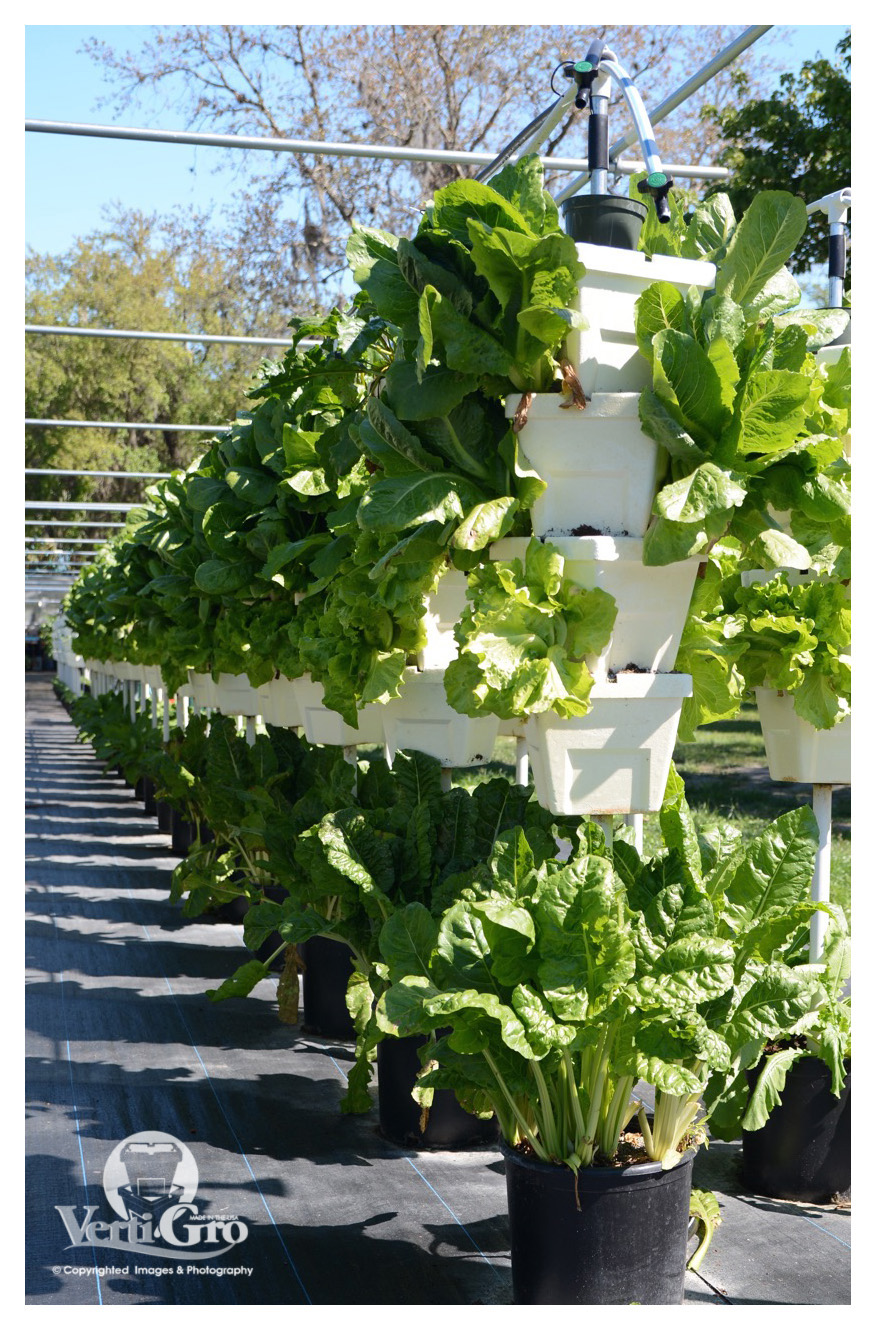
3. Iceberg/Crisphead - the most popular
type in the US, it is very heat-sensitive and was originally adapted for growth
in the northern US. It ships well, but is low in flavor and nutritional
content, being composed of even more water than other lettuce types.
4. Butterhead - Also known as Boston or
Bibb lettuce, this type is a head lettuce with a loose arrangement of leaves,
known for its sweet flavor and tender texture. 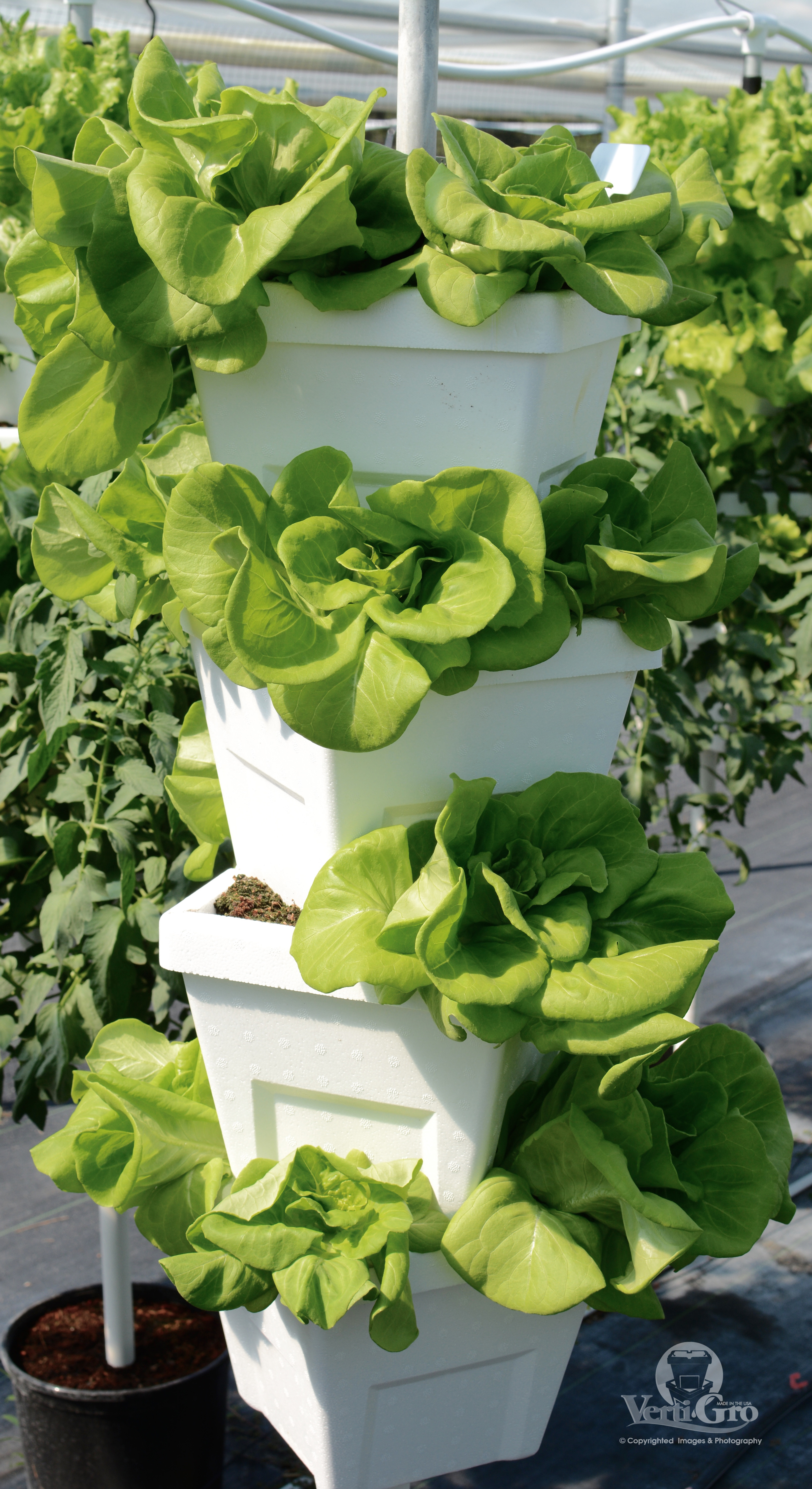
5. Summercrisp – Also called Batavian or
French Crisp, this lettuce is midway between the crisphead and leaf types.
These lettuces tend to be larger, bolt resistant and well-flavored. 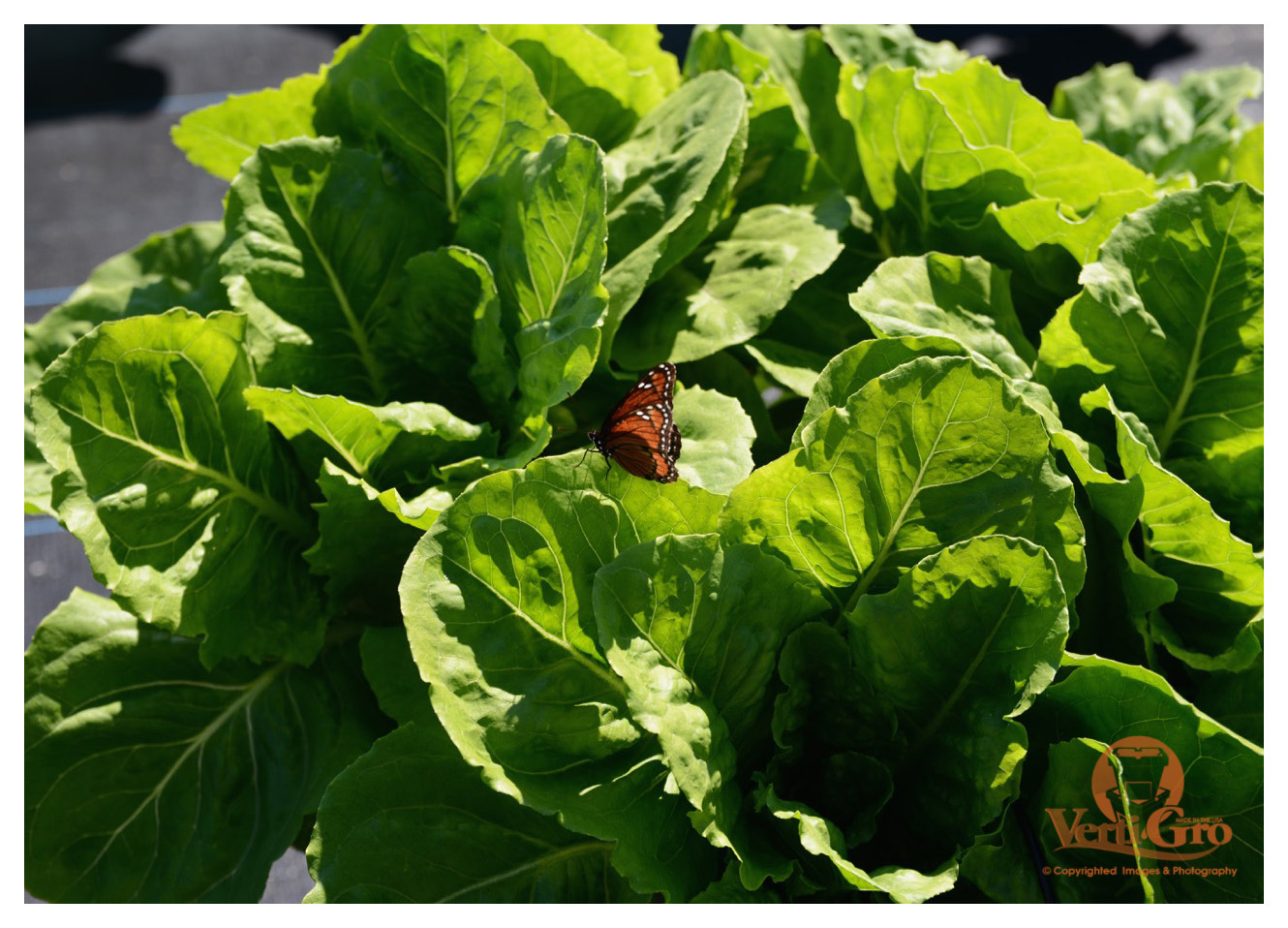
6. Stem – This type is grown for its
seedstalk, rather than its leaves, and is used in Asian cooking, primarily
Chinese, as well as stewed and creamed dishes.
7. Oilseed – This type is grown for its
seeds, which are pressed to extract an oil mainly used for cooking. It has few
leaves, bolts quickly and produces seeds around 50 percent larger than other
types of lettuce.
Nutritional: Depending on the variety, lettuce is an excellent source
(20% of the Daily Value, DV, or higher) of vitamin K (97% DV) and vitamin A
(21% DV) (table), with higher concentrations of the provitamin A compound,
beta-carotene, found in darker green lettuces, such as Romaine. With the
exception of the iceberg variety, lettuce is also a good source (10-19% DV) of
folate and iron.
|